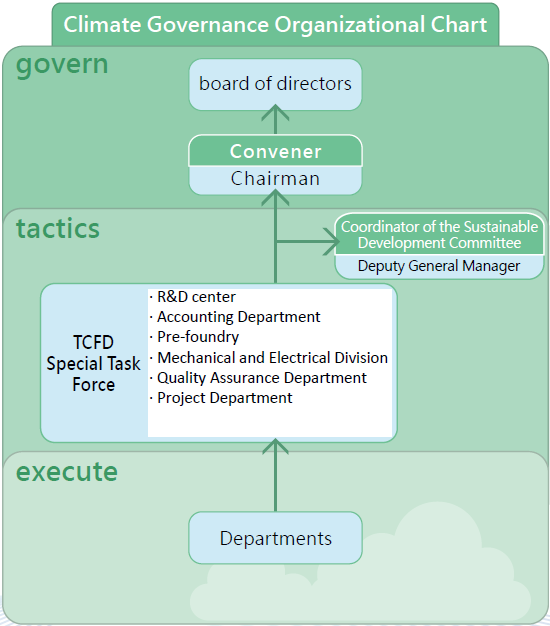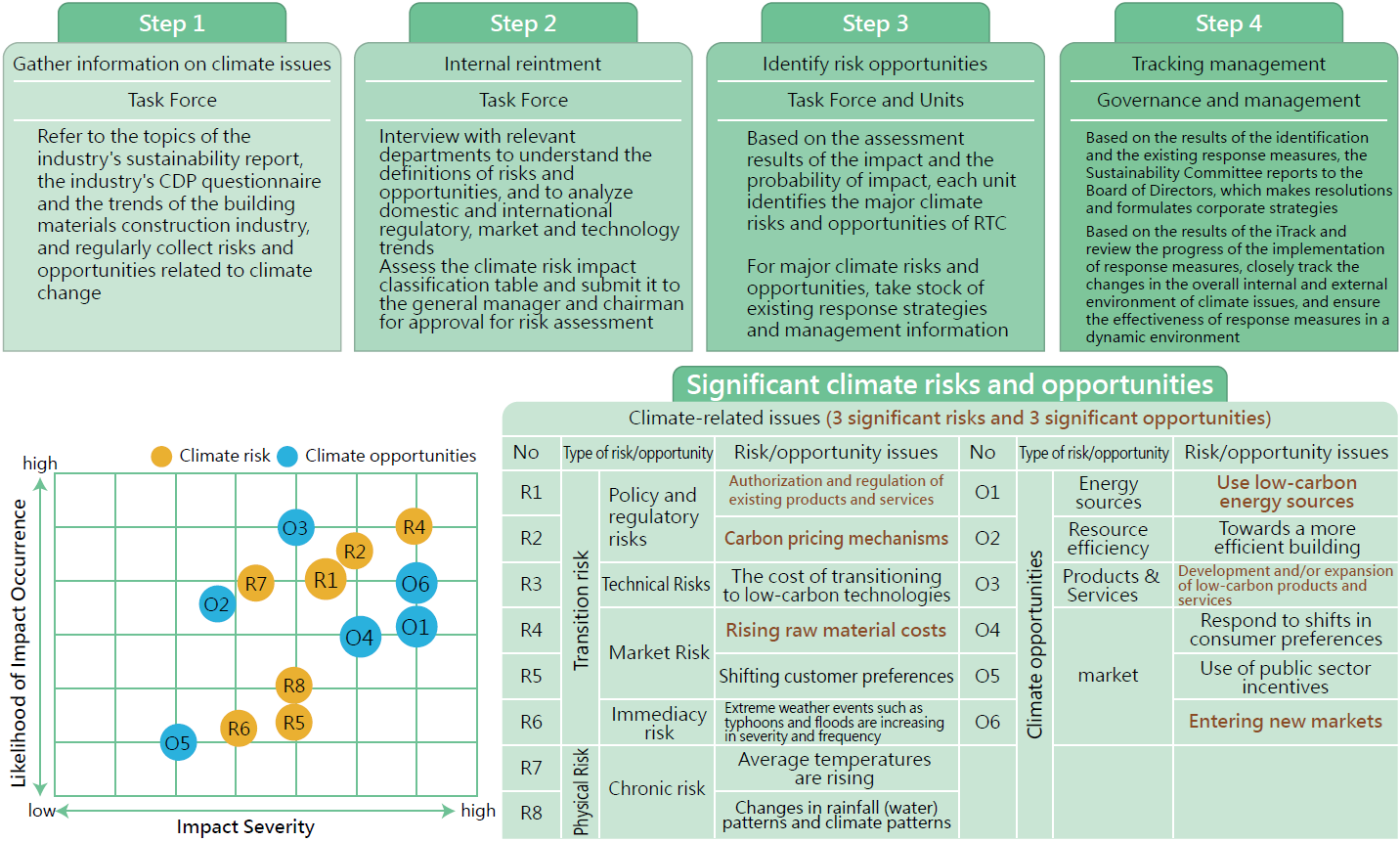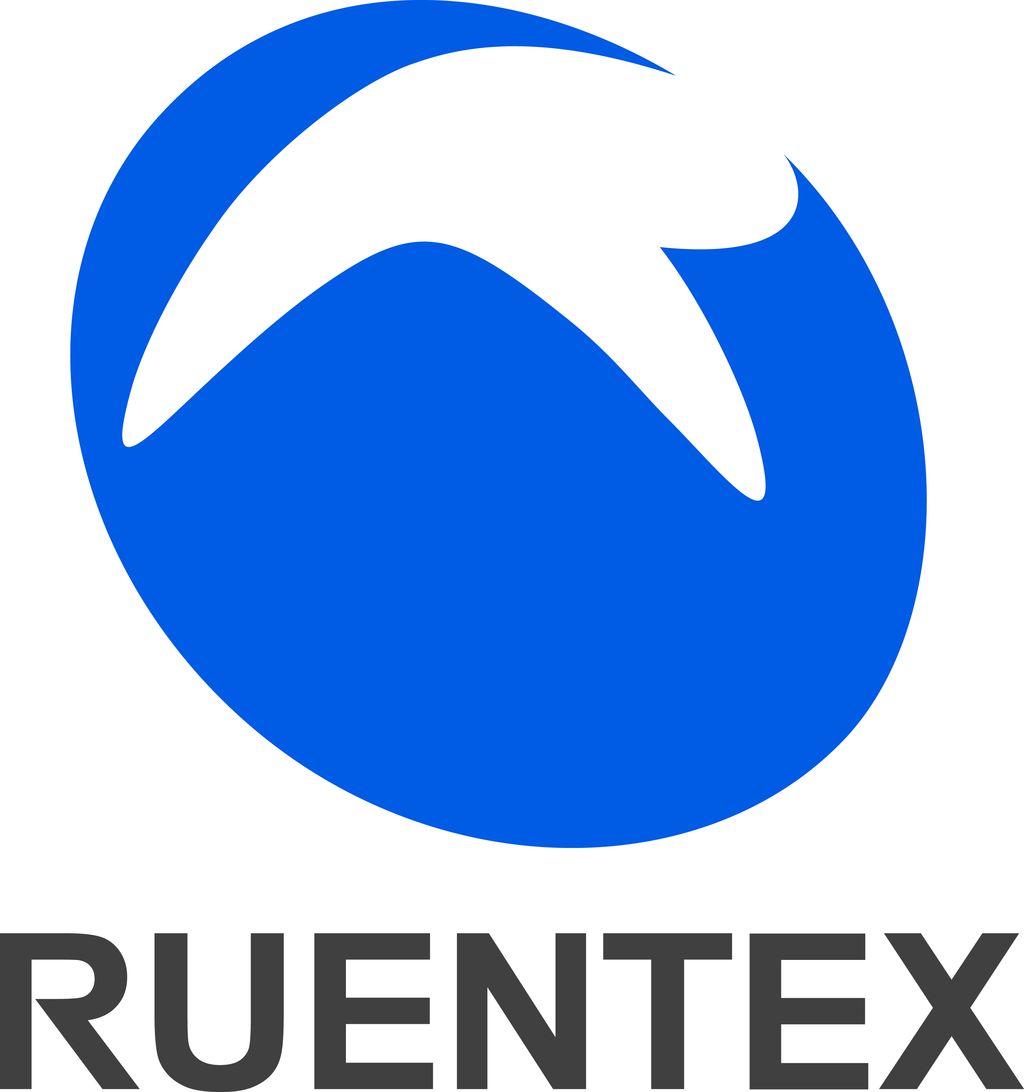In the face of increasingly severe climate change risks and challenges, RTC actively implements energy conservation and carbon reduction and other related projects in combination with the strategies and response plans of economic development, environmental protection and sustainable development, identifies and reduces the risks related to climate change, and continues to innovate and develop low-carbon products and construction methods to provide customers with high-quality products and products that are in line with the trend of sustainable and low-carbon. It also enhances climate resilience and builds a culture of environmental sustainability.
Since 2023, RTC has been disclosing climate-related information in accordance with the Task Force on Climate-Related Financial Disclosures (TCFD) framework. The Board of Directors is also a key player in the resolution of the Company’s climate commitments and goals, discusses the current climate risk opportunity trends from time to time, proposes specific strategies for the Group as a whole, and regularly reviews the progress report of the implementation of the Sustainable Development Committee, communicates the goals of sustainable construction and lowcarbon building materials, so as to comply with the Company’s sustainable development strategy and maintain the Company’s sustainable operation in a stable manner.
In order to improve the management and identification of climate-related risk and opportunity issues, RTC will set up a task-oriented sustainable development committee composed of a task force in 2023, with the chairman of the board of directors as the convener of the sustainable development committee and the top director of the R&D department as the leader of the overall group.




